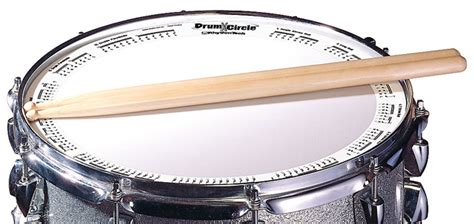Muffling Your Drums is a technique that drummers use to create a more defined sound of their drums, and to obtain this result they put something on the drum heads (gaffa tape, wallets or specific products that they can buy online).
It’s a common solution for a lot of drummers to apply a sort of muffling to their drumheads, usually a thin cardboard plug, into which I slice an inner tube, and a rod at the rear.
After I get the desired profile I soundproof the riser with vinyl over it and a bit of thick black tape. Then I can cut the new portion at the top and leave it on to block the end hole.
Then comes the tricky bit: you can totally use duct or gaffer’s tape and put it on on the snare and toms’ heads.
This solution has been for a long time one of the most used muffling techniques, because it’s effective and cheap at the same time.
It’s also a common practice to tape a wallet on the snare drum head. Not every wallet is created equal, so it’s better to ask your sound engineer if that tampons affixed to the heads will get good results or not.
Most drummers also put a pillow, a cover, or a
blanket against the inside of the head or inside the bass drum, to make the sound deeper, kind of rock style.
In this tech tip, we’ll be looking at some of the commercially available devices for muffling drums and cymbals. Many older drum sets used to come with adjustable mufflers mounted inside the drums’ shell, which held a pad against the top head.
Pearl still makes this kind of Internal Muffler that can be attached to the inside of the shell, and as well as a Clip-On External Muffler.
Drum muffling rings are frequently used on the snare and toms, even you can use them on the big tom or the floor tom ,if you need a more defined sound.
Remo External Muffler also mounts outside the shell on the rim. They are a good and not too expensive choice for sure.
You can also attach a snap-on adapter to the drum (I use an M9X14D mounting plate, held in place with double-sided tape and screws. The snap-on adapter has two different types of engagement (see my tips on fitting a hi-hat and shaker).
Cymbal set up really make the difference when you create the sounds for your drums. I used more sounds that were a little too ‘musical’, and not enough that was dead simple.
Especially in the studio, having too many overtones and the excessive rings could lead to a dirty harsh recording, that you mkight like, if you play in a piunk or garage band, but no too mysch if you are reconding indie pop or commercial music.
Our spin on ring and overtones give you the ability to achieve that studio sound that everyone talks about.





Hey there! Muffling your drum is kind of amazing. I never thought about all these new ways to create an incredible sound with my drum set. Cool!
Hey Emilie,
the best way to create the sounds you would like to feel and hear is to find out what are the best possible combinations between house-made customizations and buy the right products to get the best sound, deep or light, the way you like!